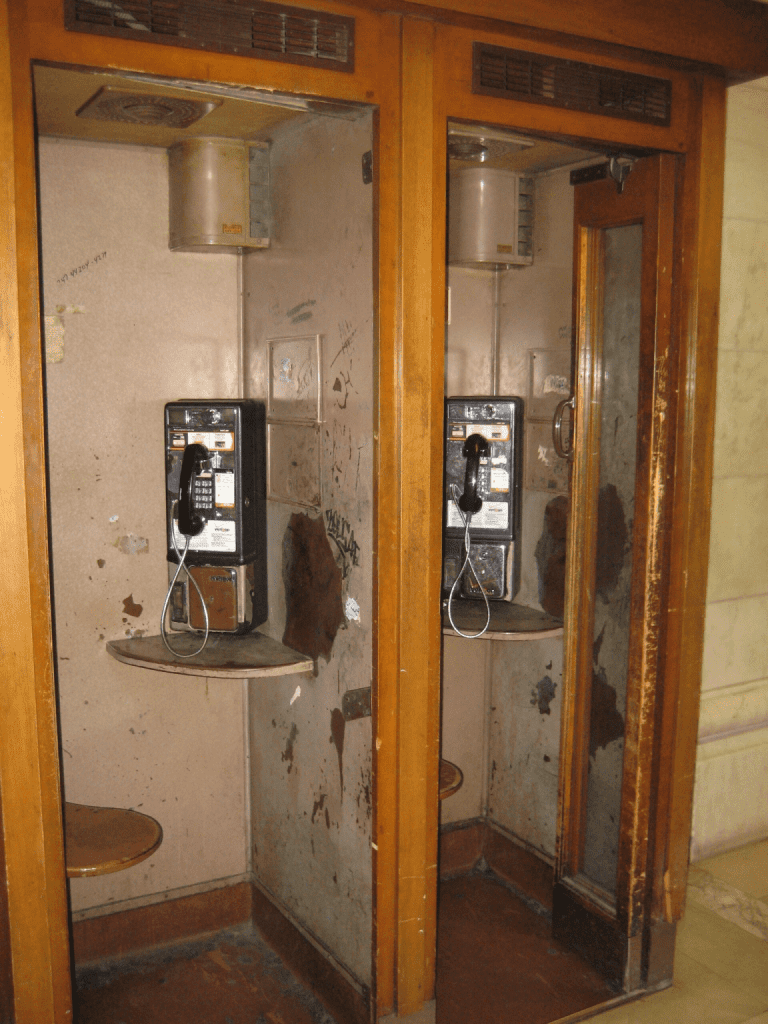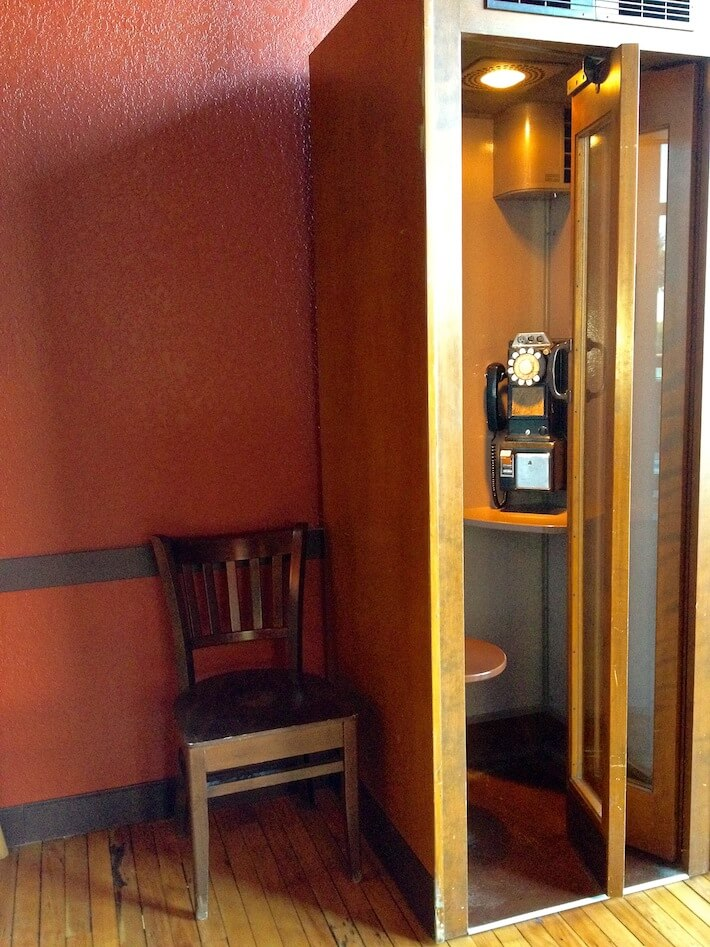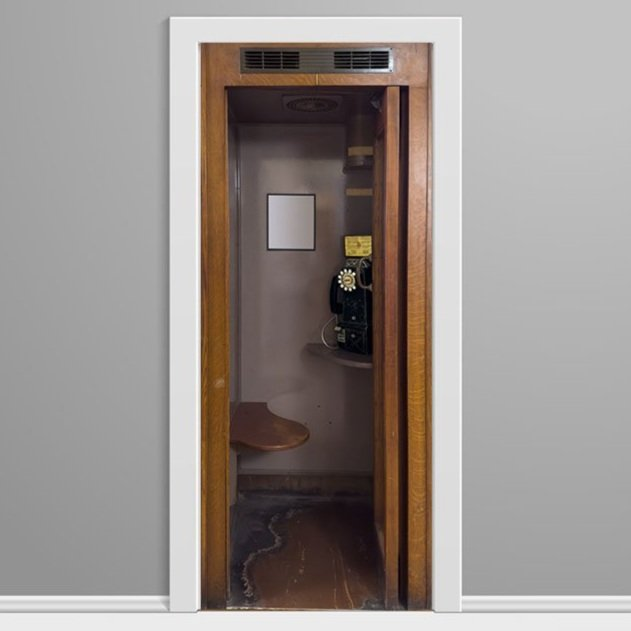The Role of the Phone Booth in College Life
Before smartphones and instant communication, college students in the ’60s, ’70s, and ’80s depended on phone booths. These compact, enclosed spaces, found mainly in dorms, served as students’ only connection to the outside world. Not just a communication tool, phone booths offered a personal escape—a quiet place to talk with family or friends away from the chaos of dorm life.
Essential for Staying Connected
Standing in front of an old dorm today, you might spot strange little spaces—once phone booths. For students of the past, these booths were crucial for staying in touch. Without cell phones, students had to rely on these booths to call loved ones.

Privacy in a Crowded Environment
While public payphones were common, phone booths provided much-needed privacy. Dorms were loud and distracting, but these small booths gave students a quiet place to make uninterrupted calls. More than a convenience, they were an essential part of daily life.
Shaping Communication on Campus
In the ‘60s and ‘70s, phone booths remained key for students, even as more households installed private phones. Living far from home, students needed these booths to check in with family and friends.
More than just a place for a quick call, phone booths gave students a brief escape from academic stress. The enclosed space, soft light, and anticipation of hearing a familiar voice offered a comforting pause.
A Private Moment Amidst Dorm Chaos
Dorm phone booths were small, just enough for one person to step in, lean against the wall, and make a call. Though they didn’t always have full doors, they provided a sense of intimacy in the middle of noisy dorm life.
The soft overhead light wasn’t just functional—it signaled someone was inside, taking a brief break from the world. In those moments, the booth became more than just a utility; it was a place of calm and connection.

The Decline of the Phone Booth
By the late ‘90s and early 2000s, phone booths started disappearing as cell phones took over. Students no longer needed to wait in line with spare change to make a call. Personal cell phones made the communal phone booth obsolete almost overnight.
Yet for decades, phone booths were more than just a way to make calls. They represented a time when communication required effort—physically walking to the booth, waiting, and hoping to connect with someone on the other end. It was a stark contrast to today’s instant messaging.
A Symbol of Thoughtful Communication
The phone booth symbolized a time when communication was planned and deliberate. Students had to budget their coins and time carefully, making each call meaningful. While this process might seem inconvenient now, it added a sense of joy and anticipation to each conversation.
The booth wasn’t just a place to talk; it was a way for students to feel grounded while far from home. The muffled voices inside created a sense of intimacy that today’s fast-paced communication often lacks.

Nostalgia and the Legacy of the Phone Booth
Though phone booths have disappeared from campuses, their legacy lingers. Those small, hidden niches in old dorms now evoke nostalgia for a time when making a call was an event, not just a quick action.
Using a phone booth was a ritual: touching the metal payphone, spinning the dial, and waiting for the ringing tone. While today’s communication is faster, the slower, more intentional phone booth conversations hold a unique appeal.
A Glimpse into the Past
Next time you pass by one of those small, forgotten spaces in an old dorm, don’t just see it as an outdated relic. Remember it as a vital lifeline for students of the past, a place where connection and communication met anticipation.
The phone booth may be gone, but its legacy of patience, anticipation, and meaningful connection remains in our memories.